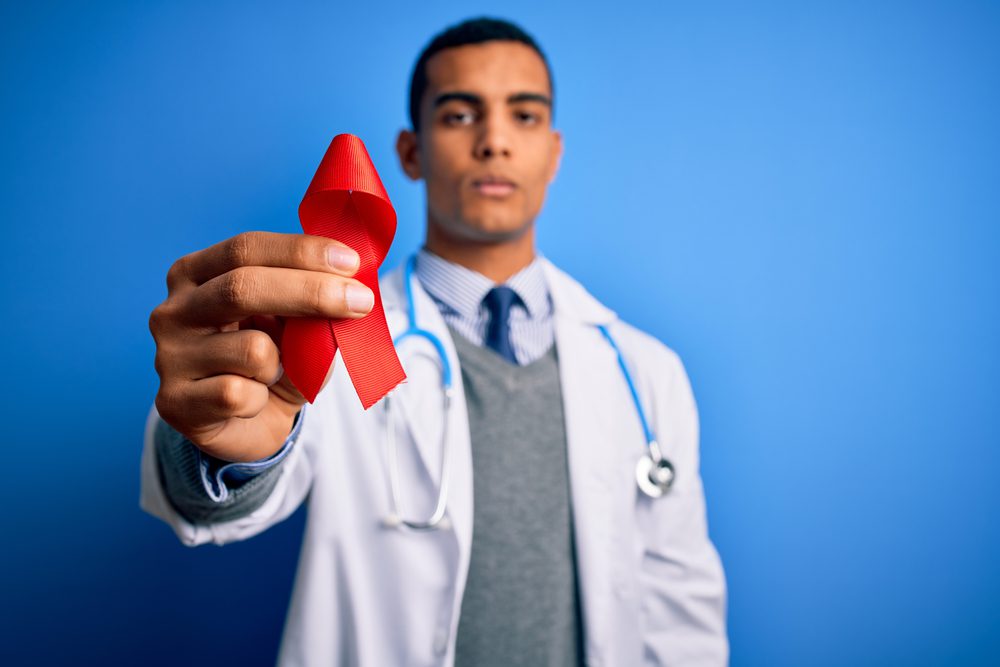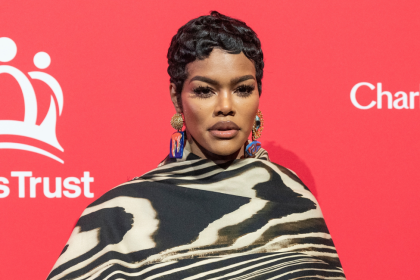You might think HIV is a problem of the past, something that mainly affected previous generations. The reality paints a much different picture. Right now, young people account for over 20% of all new HIV diagnoses in the United States. Even more troubling, Black and Latinx queer youth face disproportionately higher rates of new diagnoses compared to their peers. Despite having more prevention and treatment options than ever before, we’re still failing to reach those who need this information most.
The shocking statistics no one’s talking about
The numbers tell a story that should concern all of us. While medical advances have transformed HIV from a death sentence to a manageable condition, young people remain uniquely vulnerable to new infections. This vulnerability isn’t evenly distributed, with marginalized youth bearing a significantly heavier burden.
This disparity stems from multiple factors, including limited access to healthcare, inadequate sex education, and persistent stigma that prevents open conversations about sexual health. Many young people simply don’t know their risk level or the prevention options available to them. Others face cultural barriers that make discussing sexual health feel impossible.
The statistics become even more alarming when we look at prevention tools like PrEP, or pre-exposure prophylaxis. According to health authorities, approximately 1.2 million Americans could benefit from PrEP, but only about 30% have actually received a prescription. This gap between need and utilization represents thousands of preventable HIV infections every year.
Part of addressing this crisis involves confronting the stigma that still surrounds HIV. Despite decades of education efforts, misconceptions persist, preventing many young people from seeking information or getting tested. Breaking down these barriers requires honest conversations about HIV that normalize prevention as a routine part of healthcare.
The prevention tool most young people don’t know about
PrEP stands as one of the most powerful HIV prevention tools ever developed, yet remains astonishingly underutilized, especially among youth. This medication can reduce the risk of contracting HIV through sex by about 99% when taken as prescribed, offering unprecedented protection for vulnerable populations.
Despite this remarkable effectiveness, awareness remains limited. Many young people have never heard of PrEP, while others mistakenly believe it’s only for certain groups. The reality is that PrEP should be considered by anyone at risk of HIV exposure, regardless of sexual identity, gender, or relationship status.
The good news is that PrEP now comes in different forms, making it more accessible than ever. Beyond the traditional daily pill, there’s now a long-acting injectable option that only requires treatment every two months. This variety allows individuals to choose the approach that best fits their lifestyle and preferences.
What many don’t realize is that getting on PrEP involves more than just taking medication. It includes regular HIV testing, screening for other sexually transmitted infections, and kidney function monitoring. This comprehensive approach to sexual health represents a significant benefit beyond just HIV prevention.
Perhaps most importantly, healthcare providers now recommend that all sexually active young adults and adolescents be informed about PrEP as a viable prevention option. This represents a shift toward normalizing PrEP as a standard part of sexual health discussions rather than something exceptional or stigmatized.
Why young people aren’t protecting themselves
Despite having access to effective prevention tools, many young people still aren’t using them. Understanding these barriers is essential for developing solutions that actually work.
Awareness remains a fundamental issue. Many youth simply don’t know about PrEP or don’t understand how it works. Without basic knowledge, they can’t even begin to consider it as an option for themselves. This knowledge gap highlights the critical need for better sex education that includes comprehensive information about HIV prevention.
Another significant barrier involves healthcare interactions. Many young people feel uncomfortable discussing sexual health with medical providers. They worry about judgment, confidentiality breaches, or simply don’t know how to start these conversations. This discomfort leads many to avoid these crucial discussions altogether.
Privacy concerns also play a major role, particularly for young people who may still be on their parents’ insurance or living at home. The fear of family members discovering PrEP medication can deter youth from seeking this protection, even when they recognize their risk level.
Adherence challenges present another obstacle. Young lives are often unpredictable, making it difficult to maintain consistent medication routines. For those struggling with housing insecurity, mental health issues, or substance use, these challenges multiply, making PrEP adherence even more difficult.
Access barriers further complicate the picture. From insurance coverage to transportation to healthcare facilities, many young people face practical hurdles in obtaining PrEP. These systemic issues disproportionately affect the same communities already at higher risk for HIV.
Taking control of your sexual health
For young people concerned about HIV prevention, the first step involves recognizing that taking control of your sexual health is both your right and responsibility. This means seeking information, asking questions, and advocating for yourself in healthcare settings.
Starting a conversation with a healthcare provider might feel intimidating, but it’s a crucial step toward finding the right prevention approach. Remember that healthcare providers have heard it all before, and questions about sexual health should be treated like any other medical concern. Preparing specific questions in advance can make these conversations easier.
If you’re considering PrEP, know that you have options. Think about your lifestyle, preferences, and what approach would work best for you. The daily pill might be perfect for someone with a stable routine, while the injectable form might better suit someone who struggles with daily medication adherence.
For those concerned about privacy, various resources can help navigate these challenges. Many sexual health clinics offer confidential services specifically designed for young people. Additionally, patient assistance programs can sometimes help cover costs without billing through family insurance plans.
Remember that HIV prevention goes beyond just PrEP. It includes regular testing, understanding your risk factors, and using other prevention methods like condoms when appropriate. A comprehensive approach provides the best protection.
Building a future without HIV
Creating an HIV-free generation requires more than individual actions. It demands collective effort from communities, healthcare systems, and society at large. We already have the medical tools to dramatically reduce new HIV infections, but tools alone aren’t enough.
Youth empowerment must be central to this effort. Young people aren’t just passive recipients of prevention services but potential leaders in the fight against HIV. Their voices, perspectives, and experiences should shape approaches to prevention and education.
Healthcare providers have a critical role in normalizing discussions about sexual health and offering PrEP as a standard prevention option. Training healthcare workers to have these conversations in nonjudgmental, culturally sensitive ways can dramatically improve access.
Educational systems must provide comprehensive, accurate information about HIV prevention. Age-appropriate sex education that includes information about PrEP and other prevention methods helps young people make informed decisions before they’re in high-risk situations.
Community organizations, particularly those led by and serving marginalized youth, need adequate funding and support. These organizations often provide trusted spaces where young people can access information and services without fear of judgment.
Conclusion
The tools to create an HIV-free generation exist today. What’s missing is the collective will to ensure these tools reach every young person who needs them. By breaking down stigma, improving education, and addressing barriers to access, we can close the gap between available prevention methods and their utilization.
Young people deserve comprehensive information about HIV prevention, access to tools like PrEP without judgment, and healthcare environments where they can discuss sexual health openly. They also deserve to grow up in communities where HIV is discussed honestly, without shame or stigma.
The vision of an HIV-free generation remains achievable, but only if we commit to prioritizing youth in our prevention efforts. The statistics may be alarming, but they aren’t inevitable. With focused attention and collective action, we can write a different story for the next generation.















